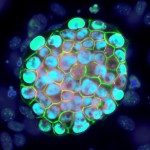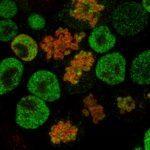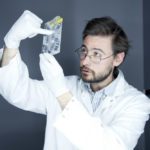Link to HAL – pasteur-04593962
Link to DOI – 10.1101/2024.05.27.596047
2024
Pioneer transcription factors (TF) bind nucleosome-embedded DNA motifs to activate new regulatory elements and promote differentiation. However, the complexity, binding dependencies and temporal effects of their action remain unclear. Here, we dissect how the pioneer TF GATA6 triggers Primitive Endoderm (PrE) differentiation from pluripotent cells. We show that transient GATA6 binding exploits accessible regions to decommission active enhancers and promote pluripotency gene silencing. Simultaneously, GATA6 targets closed chromatin and initiates an extensive remodeling culminating in the establishment of fragile nucleosomes flanked by ordered nucleosome arrays and increased accessibility. This is directly enhanced by rapidly expressed PrE TFs (SOX17) and by pluripotency TFs repurposed for differentiation (OCT4/SOX2). Furthermore, GATA6 mediates the replacement of essential nuclear receptors for PrE differentiation, from ESRRB to ESRRA. Therefore, pioneer TFs orchestrate a complex gene regulatory network involving many if not all available pioneer TFs, including those required to support the original identity of differentiating cells.









